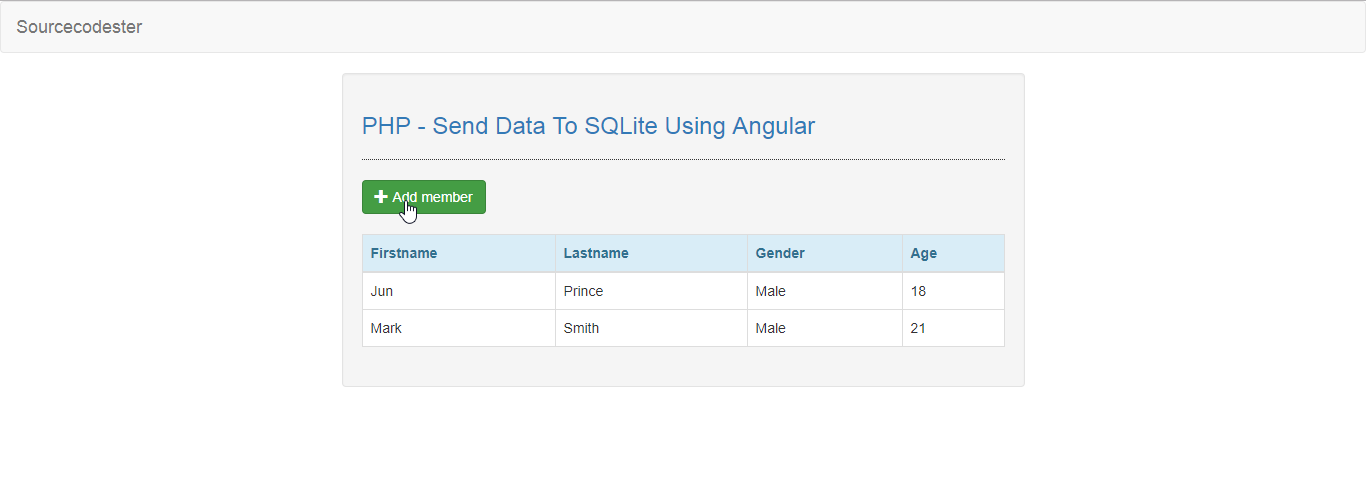

If you want descending order (as in this example), you use the DESC keyword. The ORDER BY clause then sorts the groups according to that computation.Īs usual, you can use both ascending or descending order with ORDER BY. This effectively counts the number of elements in each group. Then, in the ORDER BY clause, you use the aggregate function COUNT, which counts the number of values in the column of your choice in our example, we count distinct IDs with COUNT(id). The first step is to use the GROUP BY clause to create the groups (in our example, we group by the country column). SQLite COUNT Function with history, features, advantages, installation, commands, syntax, datatypes, operators, expressions, databases, table, crud operations. To sort the selected records by the number of the elements in each group, you use the ORDER BY clause. Third, because a column can store mixed types of data e.g., integer, real, text, blob, and NULL in SQLite, when comparing values to find the maximum value, the MAX function uses the rules mentioned in the data types tutorial. In the autocommit mode, an SQL statement is executed immediately. That way, the countries with the greatest number of users will appear at the top. Second, unlike the COUNT function, the DISTINCT clause is not relevant to the MAX function. tables cars friends images sqlite> SELECT COUNT(id) FROM friends COUNT(id) - 0 sqlite> The table is created but the data is not written to the table. In other words, if the column has the same value multiple times, it should only count that value once. But we’ll also sort the groups in descending order by number of users. When using the count() function in SQLite, you might find yourself in the situation where you only want to count distinct values.That is, you don’t want duplicate values to be counted multiple times. create view orderview as select orderdate, count (orderid) ordercount from orders group by orderdate order by orderdate This delivers (using your test data): select from orderview - output orderdate ordercount 2 1 1 Then, use something like. We’ll group the results by country and count the number of users from each country. Our database has a table named user with data in the following columns: id, first_name, last_name, and country.
#Sqlite count how to#
In this tutorial of Python Examples, we learned how to check if a given table exists in sqlite3 database or not.You aggregated data into groups, but you want to sort the records in descending order by the number of elements in the groups. SELECT name FROM sqlite_temp_master WHERE type='table' AND name='table_name' Summary If you are checking for the existence of an in-memory (RAM) table, then in the query use sqlite_temp_master instead of sqlite_master. In this example, we are going to check a negative scenario, where the table named dummy is not present in the sqlite3 database and we are going to verify it programmatically.Ĭ.execute(''' SELECT count(name) FROM sqlite_master WHERE type='table' AND name='students1' ''') Example 2: Check if Table Exists in sqlite3 Database (Negative Scenario) You can enjoy the use of relevant examples throughout. In this Tutorial you will learn how to read and write complex queries to a database using one of the most in demand skills. This SQLite 3 tutorial addresses all of SQLite’s major features. Now, in this example, we will check if the table exists programmatically.Ĭ.execute(''' SELECT count(name) FROM sqlite_master WHERE type='table' AND name='students' ''') SQLite is considered a de facto industry standard for lightweight, embedded SQL database programming.

In our previous article, create table in python sqlite3, we have created a table named students. Example 1: Check if Table exists in sqlite3


 0 kommentar(er)
0 kommentar(er)
